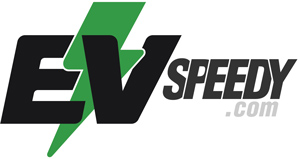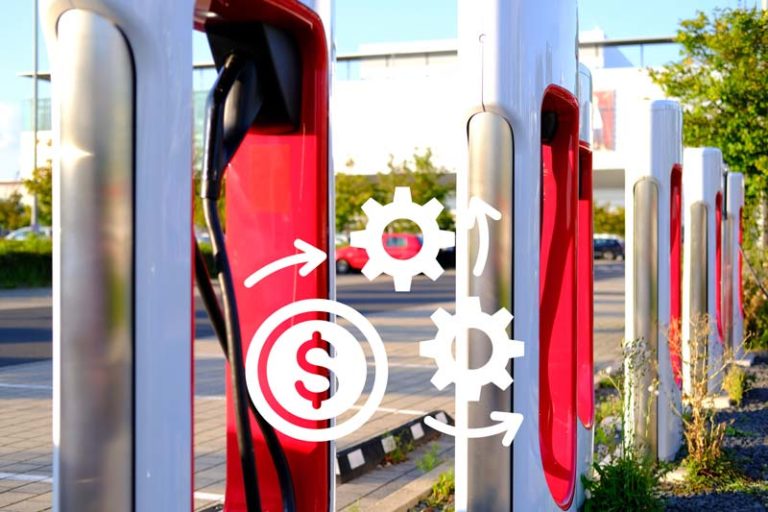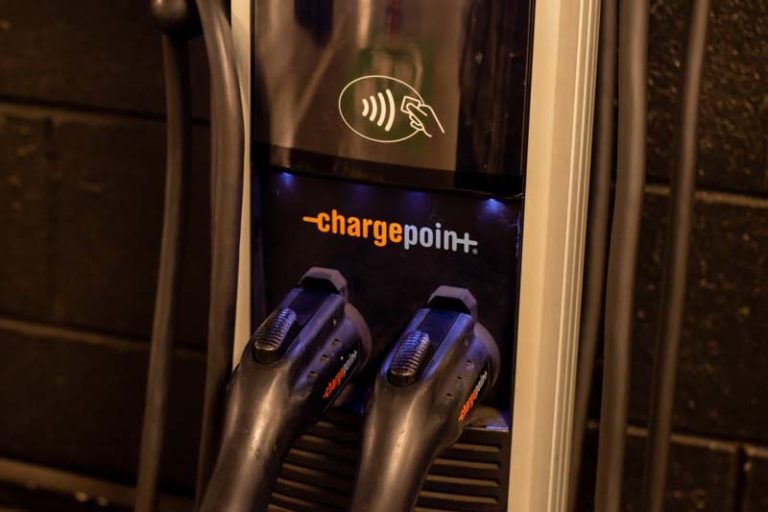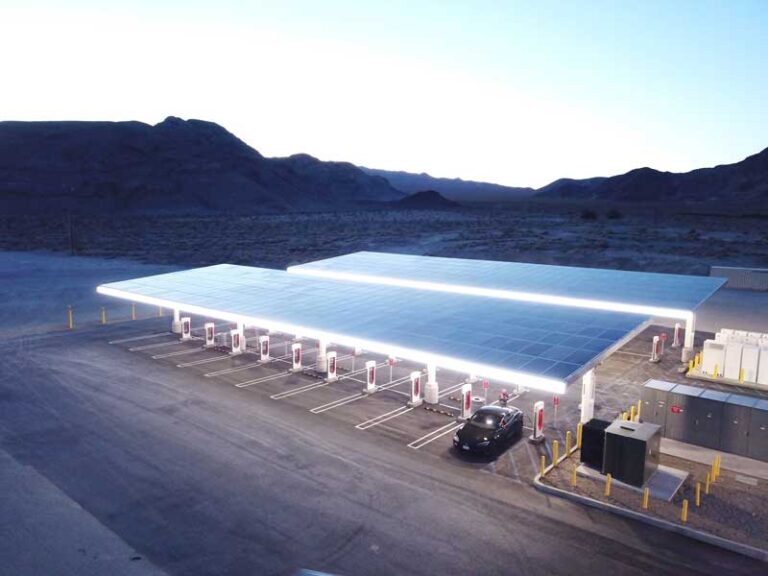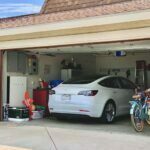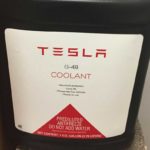As with almost everything in life, one has to get permits. The same is true for Tesla Chargers and Superchargers. The thing is; if the risk is higher for anyone getting harmed, the probability of you needing to get a permit also gets higher. But for which Tesla chargers exactly do I have to get a permit?
The permits you need to install a Tesla charger vary depending on your location, the level of charge you wish to achieve, and the property type. If Level 1 has a receptacle, you don’t need a permit. Level 2 will often need an electrical permit. Tesla will handle all Level 3 (Supercharger) permits.
Read on to find out exactly what the deal is. I tried to make it as shockingly simple to understand as possible.
- Tesla Charger Permits Vary by Location and Level
- Cost of Installation for a Tesla Charger
- Different Levels of EV Charging
- Permits for Supercharging Stations
- Frequently Asked Questions
- What Permits Do I Need To Install a Tesla Charger?
- Do I Need To Contact Tesla for a Permit?
- What Are the Maintenance Requirements for a Tesla Charger?
- How Can I Ensure the Safety of My Tesla Charger Installation?
- Are There Any Rebates or Incentives for Installing Tesla Chargers?
- Can I Install a Tesla Charger in an Apartment Building or Condo?
- What Is the Lifespan of a Tesla Charger, and Can It Be Extended?
- How Can I Optimize Charging Efficiency for My Tesla?
- Are There Any Environmental Benefits to Using an EV Charger?
- What Are the Precautions for Extreme Weather Conditions Regarding Tesla Chargers?
- How Can I Find Public Tesla Charging Stations Near Me?
- Can I Upgrade My Tesla Charger to a Higher Level of Charging in the Future?
- What Is the Process for An Expedited Permit Application for Tesla Chargers?
- How Much To Install a Tesla Wall Charger?
Tesla Charger Permits Vary by Location and Level
Residential properties are only allowed to have Level 1 or Level 2 charging stations. In general, most Level 1 charging stations don’t require a permit at all. However, one exception is if you need to install a new 120V outlet, in which case you will need to apply for an electrical permit from your local authorities.
Level 2 Tesla chargers require a permit to be installed. Such a charging station on residential property will require an electrical permit and possibly a mechanical permit if mechanical ventilation is required.
For multifamily properties, the general requirement is that any charging station is placed in an assigned parking space. To do this, one must obtain a Simple Projects Permit.
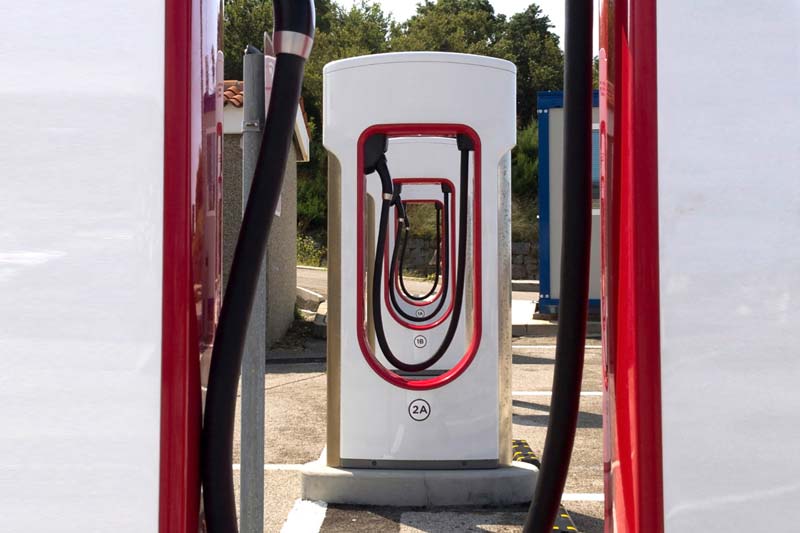
Commercial and industrial properties must submit plans to get building and electrical permits. In general, plans must include the following information:
- Added load to electrical service panels
- Necessary grading or drainage work
- Displaced landscaping
- Proposed new lighting
- Required parking spaces
- Accessibility requirements
A building permit is required if new construction is needed or if additions or alterations are being made to an existing building.
These are general guidelines. Different jurisdictions will have different requirements, so be sure to check with your local authorities about a charger permit before making any plans for building a charging station.
Cost of Installation for a Tesla Charger
Installing a Tesla charging station is a large undertaking that shouldn’t be taken lightly. One reason it is such a serious decision is the costs associated with the process. Installation can range from $750 to $1,500 for equipment, professional installation, necessary permits, inspection, etc.
In addition to that base cost (as if the base cost isn’t high enough), there are additional costs for any:
- Underground wires required
- Long wire runs
- Additional sub-panels
- Main panel upgrades
- Pedestal installation
- Hiding cables
Is It Worth It To Install A Tesla Charging Station?
Installing an at-home charging station is worth it for Tesla owners who use their Tesla every day because it is far more convenient to charge at home than tracking down a charging station every time your battery gets low.
For businesses and commercial properties, installing a charging station can encourage new customers and put a business on the map, so the boost in business may be worth the initial cost of installing a charging station.
Additionally, you’ll be offering something your competitors most likely aren’t, making you the better choice for electric vehicle owners.
Different Levels of EV Charging
The permits you need to attain differ depending on the charging station you wish to install. Let’s make sure we understand these different levels.
There are three levels of electric vehicle charging: Level 1, Level 2, and Level 3 (clever names, I know). The higher the level, the faster the charging, and the more power that goes into your vehicle.
If you’re wondering how much it costs to install a Level 3 charging station, then check out this related article that I wrote. It might also help you.
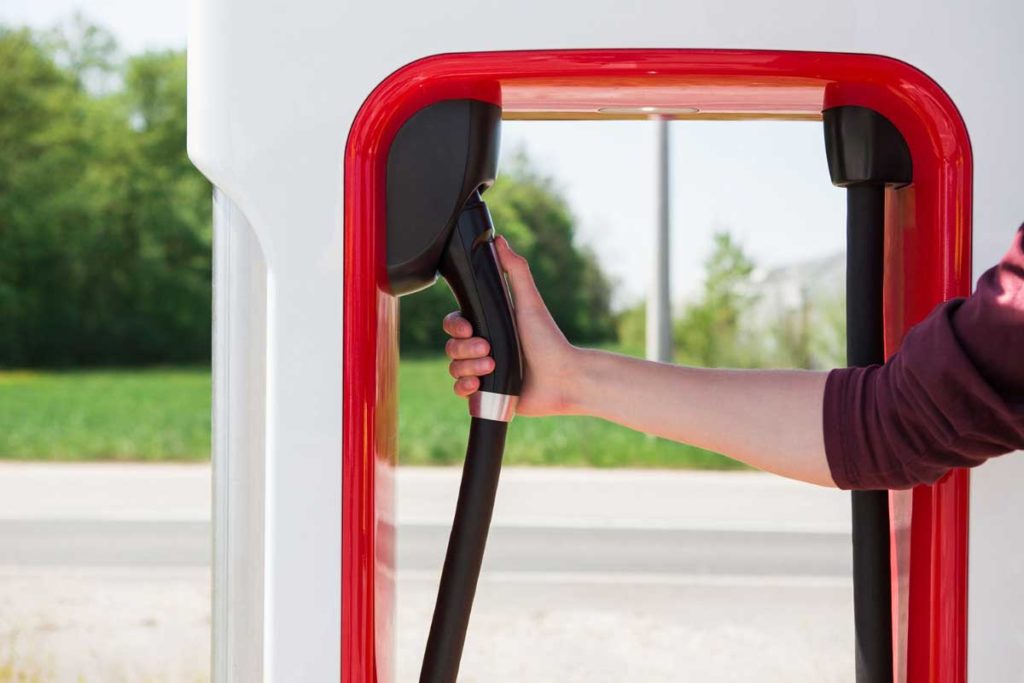
The good news is that your Tesla is smart and knows how much power it can handle, and it will only accept that much power. This means that you cannot plug your Tesla into a charging station that will deliver too much power.
Here is a guide to the different levels of electric vehicle charging:
| Charge Level | Voltage | Charging Speed | Locations |
| Level 1 | 120V | 3-5 miles per hour (4.8-8 km/h) | Home, Workplace, Public |
| Level 2 | 208V to 240V | 12-80 miles per hour (19.3-128.7 km/h) | Home, Workplace, Public |
| Level 3 (Supercharging) | 400V to 900V | 3-20 miles per minute (4.8-32 km/h) | Public |
Level 1 charging is the most easily achievable level. The charging equipment can just be plugged into a regular wall outlet. However, the charging is extremely slow, so if you use your Tesla daily, this probably isn’t the level for you.
Level 2 is the most common level for daily charging. The equipment can be installed in public locations and at home with certain permits. Even if you start with an empty battery, your vehicle can be completely charged overnight when using Level 2.
Superchargers use Level 3 charging. This level uses direct current, so very few residential locations have the voltage ability to host a Level 3 charger.
The following video explains in further detail the difference between these levels of charging:
Permits for Supercharging Stations
The guidelines outlined above apply to Level 1 and Level 2 charging stations, but what about Level 3?
Tesla manages the construction and operation of Supercharging stations, so they bear the responsibility to attain the necessary permits and permissions. Companies and potential hosting sites can apply to become a Supercharging site on Tesla’s website.
Tesla determines which sites are selected based on popular routes and destinations and the location of other Supercharging stations. Once a site is approved, the installation process can be extremely fast.
In fact, Tesla unveiled a prefabricated system in March of 2022 that makes the process of deploying new Supercharger stations faster than ever. A new Supercharger station in Florida was built in just eight days.
Frequently Asked Questions
What Permits Do I Need To Install a Tesla Charger?
Do I Need To Contact Tesla for a Permit?
What Are the Maintenance Requirements for a Tesla Charger?
Tesla chargers generally require minimal maintenance. Regular inspections for any wear or damage are recommended. Cleaning the charging connectors and ensuring proper ventilation are simple ways to maintain your charger’s efficiency.
How Can I Ensure the Safety of My Tesla Charger Installation?
Ensuring the safety of your Tesla charger installation involves hiring a certified electrician, adhering to local building codes, and using quality equipment. Regular inspections and following manufacturer guidelines for usage and maintenance also contribute to safety.
Are There Any Rebates or Incentives for Installing Tesla Chargers?
Some regions offer rebates or incentives for installing Tesla chargers. Check with your local government or utility company to see if you qualify for any programs that promote the adoption of electric vehicles and charging infrastructure.
Can I Install a Tesla Charger in an Apartment Building or Condo?
It is possible to install Tesla chargers in apartment buildings or condos. However, it may require collaboration with the building management and adherence to specific guidelines and permits for shared properties. Consider discussing the installation with the relevant authorities and the homeowners’ association.
Also, remember that if new construction is needed or if additions or alterations are being made to an existing building, the process requires a building permit.
What Is the Lifespan of a Tesla Charger, and Can It Be Extended?
The lifespan of a Tesla charger can vary depending on usage and environmental factors. Proper maintenance and adhering to operating guidelines can help extend the lifespan of your charger. Typically, Tesla chargers are designed to last for several years with regular use.
How Can I Optimize Charging Efficiency for My Tesla?
Optimizing charging efficiency involves understanding your Tesla’s charging capabilities, utilizing scheduled charging to take advantage of off-peak electricity rates, and ensuring your charging equipment is compatible with your vehicle.
Regular software updates from Tesla can have a positive impact on charging performance.
Are There Any Environmental Benefits to Using an EV Charger?
Using a Tesla charger contributes to reducing greenhouse gas emissions and dependence on fossil fuels. By utilizing renewable energy sources, such as solar power, you can further reduce your carbon footprint and promote sustainable energy usage.
What Are the Precautions for Extreme Weather Conditions Regarding Tesla Chargers?
Extreme weather conditions can impact the performance of your Tesla charger. Taking precautions such as providing adequate shelter from direct sunlight, protecting the charger from moisture, and ensuring proper ventilation can help maintain its functionality during harsh weather.
How Can I Find Public Tesla Charging Stations Near Me?
You can easily locate public Tesla charging stations using the Tesla mobile app or the in-car navigation system. Additionally, various online platforms provide real-time information about the availability and locations of Tesla charging stations, making it convenient to plan your trips accordingly.
Can I Upgrade My Tesla Charger to a Higher Level of Charging in the Future?
Upgrading your Tesla charger to a higher level of charging is possible, but it may require professional assistance and adherence to local regulations. Consider consulting with a certified electrician and checking for any compatibility issues with your existing electrical infrastructure before proceeding with an upgrade.
What Is the Process for An Expedited Permit Application for Tesla Chargers?
Expedited permit applications for Tesla chargers involve thorough documentation of the installation plans, meeting specific requirements outlined by local authorities, and potentially paying additional fees for accelerated processing.
Prioritize clear communication and complete submission of necessary documents to expedite the charger permit application process for your Tesla charger installation.
How Much To Install a Tesla Wall Charger?
The cost to install a Tesla wall charger can vary based on several factors, including the type of charger, your location, the complexity of the installation, and any additional electrical work required.
On average, the installation cost can range from $750 to $1,500, which includes the equipment, professional installation, necessary permits, and inspections.
However, this cost can increase if there is a need for underground wires, long wire runs, additional sub-panels, main panel upgrades, or other specific requirements.
It’s advisable to consult with a certified electrician to assess your specific needs and receive an accurate estimate for the installation of a Tesla wall charger.
Check out these 20 great gift ideas for yourself or a Tesla fanboy.
Contact Us if you have any questions or queries.
